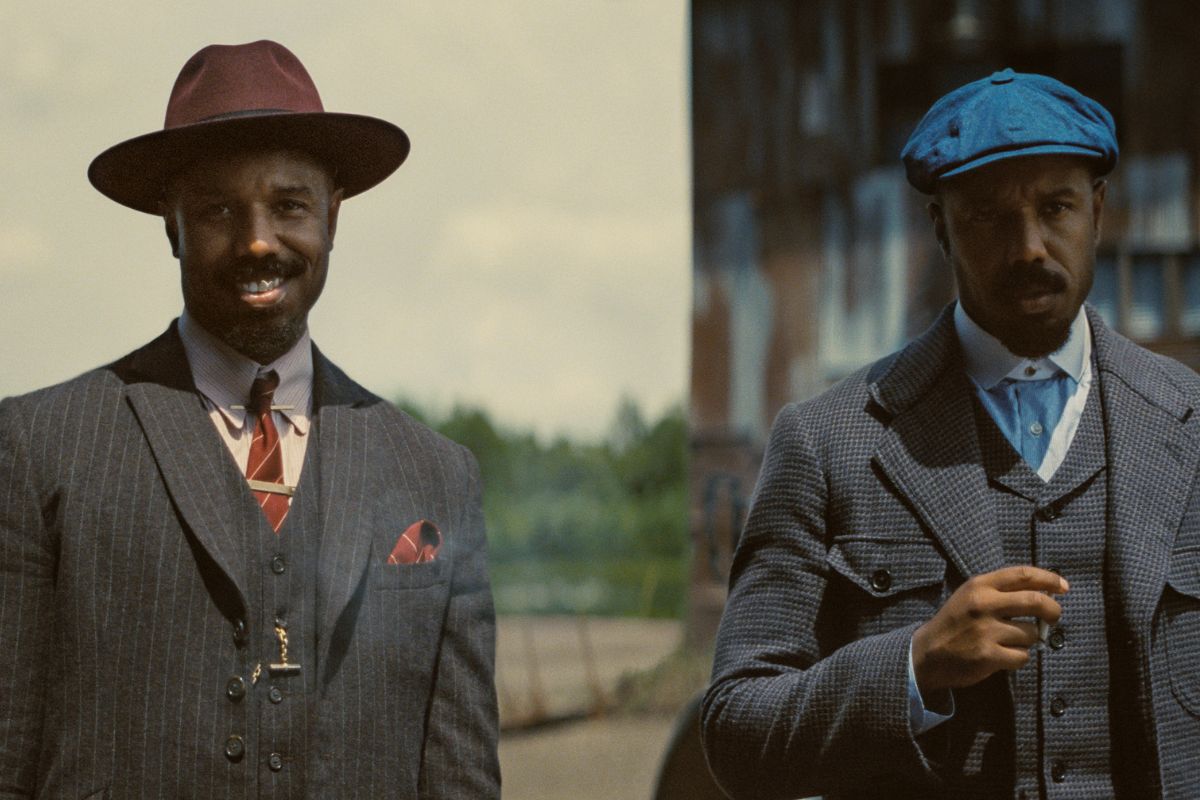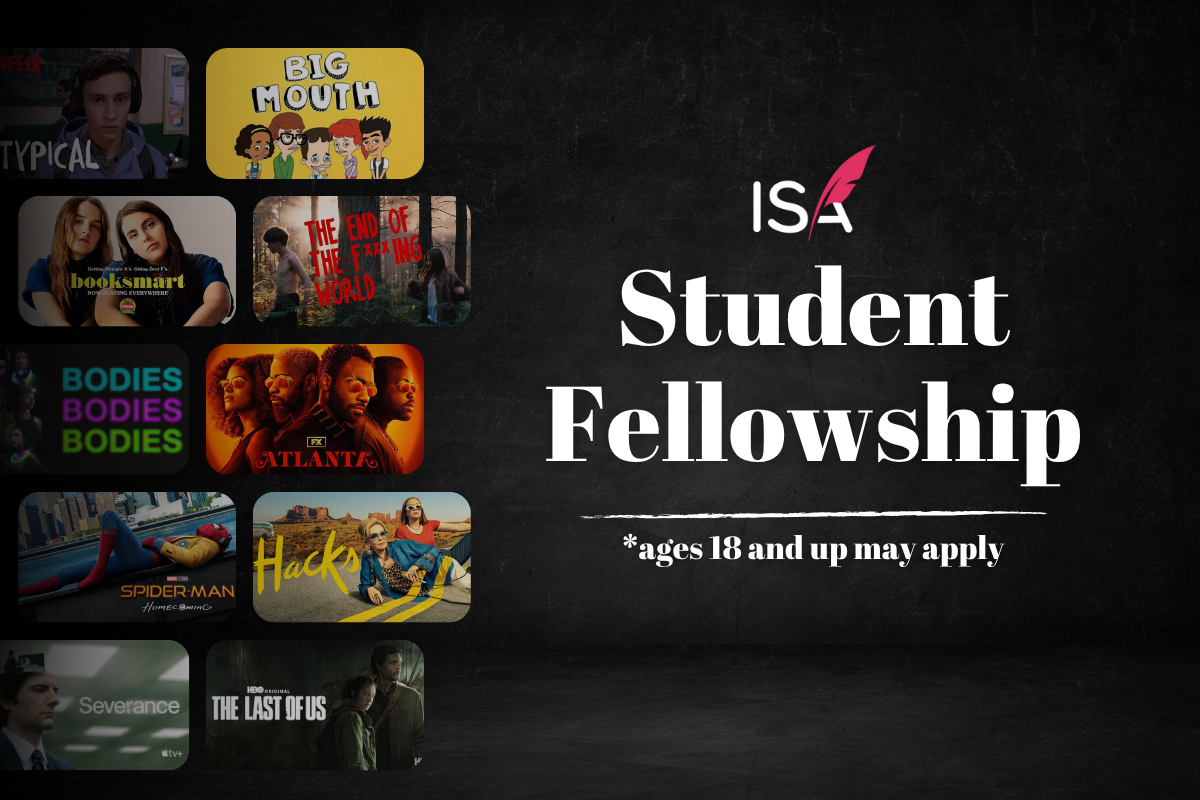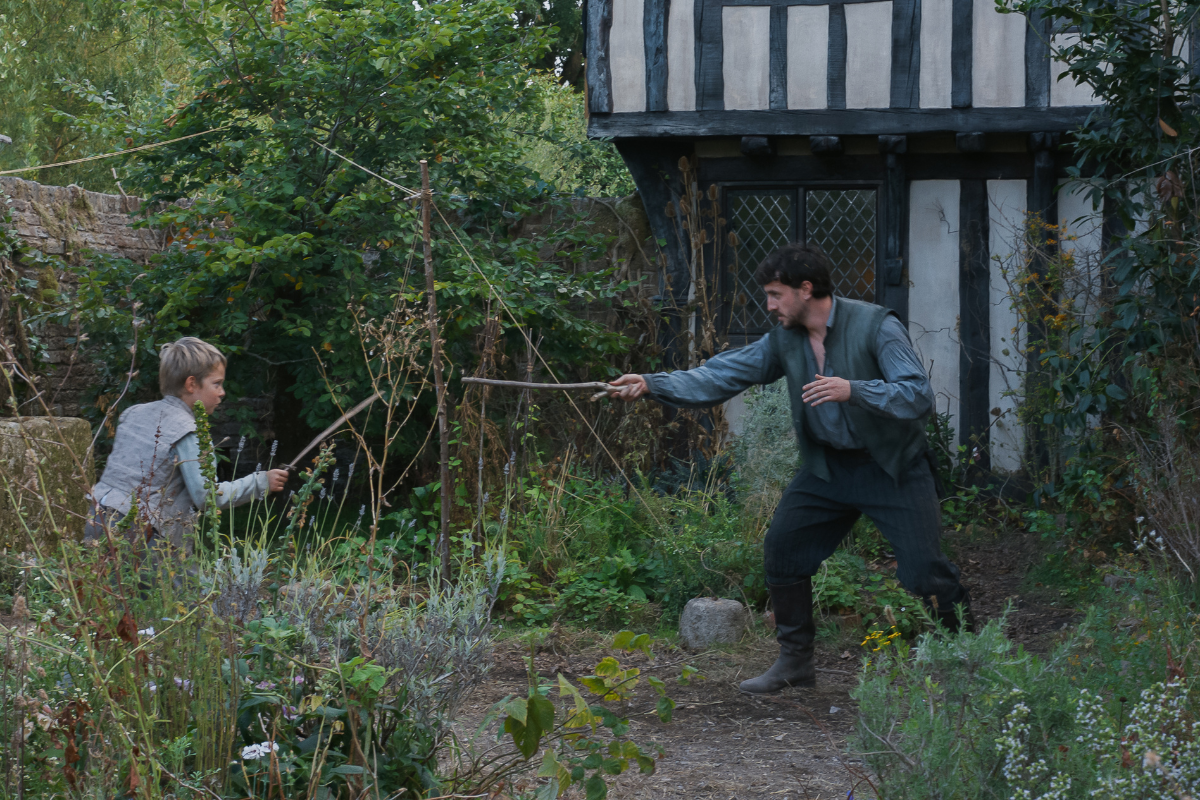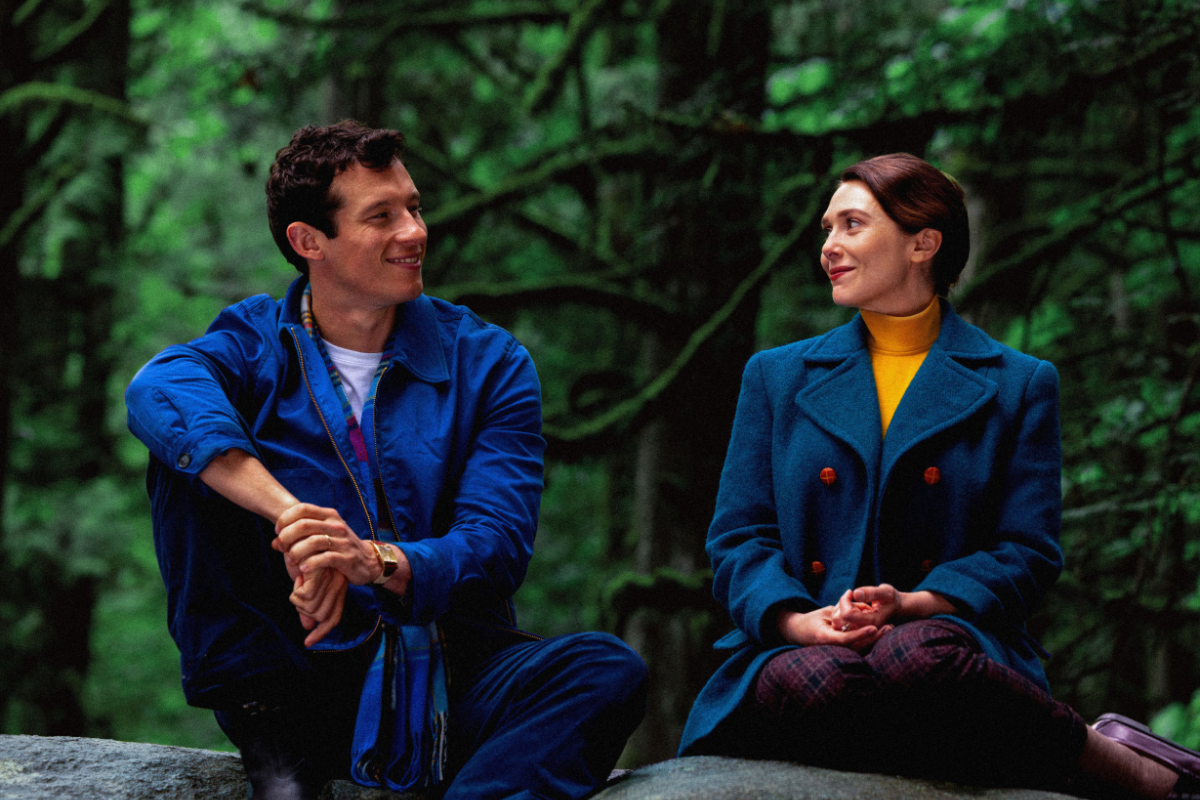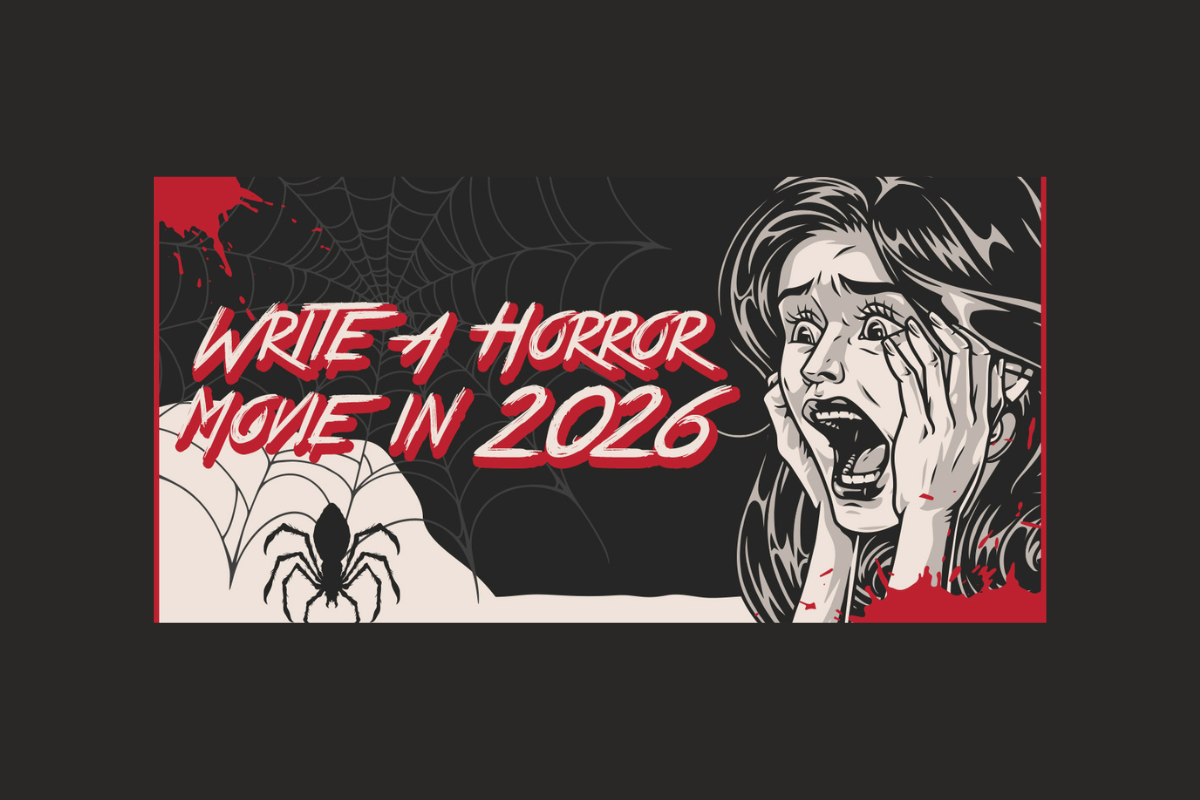Drive the Story with One Big Problem
Click to tweet this article to your friends and followers! Most successful movies are about one big problem, which takes the whole movie to solve. Pretty simple, really. Coming up…
Most successful movies are about one big problem, which takes the whole movie to solve. Pretty simple, really. Coming up with an original story concept – or an approach to a true story – is largely about figuring out what that one big problem is.
The problem should be an outer problem, affecting the tangible, physical life circumstances of the main character and/or others. It’s not just about inner thoughts, feelings and character growth. Yes, there is a place for those things. The best movies usually do have a satisfying “inner journey” for the main character (and possibly other characters) which has meaning and importance to their life, moving forward. But that’s not the main focus of scenes. That’s not the problem anyone is actively trying to solve. Rather, the inner issues are faced only as a result of the main character dealing with the outer problem.
For instance, Jerry Maguire wants to be a better kind of sports agent, and he needs to learn some things about intimacy, personal attention, what really matters in life, etc. But does he spend the movie trying to get those things? No. He spends the movie trying to solve the outer situation in his life that has to be dealt with – the fact that he’s been fired and is trying to get his career back. But in order to do that, ultimately he has to grow and become a better version of himself. He’s FORCED to, by the events of the story.
Often writers pitch or write movies that they see as being predominantly about a character who “needs to learn something” as the main event of the story. In movies, as opposed to novels, what we’re focused on from scene to scene is not the pursuit of inner change. It’s the pursuit of outer circumstances.
And those circumstances need to be dire. They need to be hugely impactful: urgent, important, demanding attention. They are probably the biggest challenge the main character has ever faced in their life, after which they will be forever changed.
Think of Erin Brockovich. Her entire life, moving forward, hinges on the events that happen in that movie. And at the same time, she’s solving something for others that really matters. The stakes are huge.
Stakes are a key issue in almost every movie concept. Unless monsters are on the rampage, a murderer is on the loose, or some other life-and-death crisis being faced, the writer has to always face the question of “Why should anyone care?" What would make millions of people relate to this so much, that they care if this thing gets resolved, or not? What will be so bad if the main character doesn’t succeed? What will be so good if they do?"
This is where I think the ten Save the Cat genres are really helpful. They identify ten types of story problems that seem to have worked over and over again. And not all have of them have life and death stakes. But they all hinge on “one big problem” that has massive stakes for the main character’s life with primal, universal “relatability.”
They might meet the perfect partner for them, which could change their life forever, but there’s something big in the way. (What Save the Cat calls “Buddy Love.”) They might face a huge and painful life passage, which they deal with by chasing some ill-advised goal. (“Rite of Passage.”) They might be grappling with their relationship with a larger group or “institution” of some sort, where it’s hard to be the unique individuals they are. (“Institutionalized.”)
So the stakes are huge and permanently life-changing. And we relate to this main character – we FEEL for them, as they grapple with it. We actually become them, emotionally – not just sympathizing, but experiencing it all as if we were them. We take on their perspective. This only happens when things are told consistently from their point-of-view, meaning they’re in virtually every scene, and are actively grappling with that big problem in some way. We know what they’re thinking, feeling, wanting and trying to do. They are not mysterious.
But their efforts fail. Because what they’re trying to achieve is very hard, and very complicated. It’s so complicated and hard, that even though the main character spends virtually every scene trying to solve it, they’re unable to, until the very end of the movie. As they try to resolve it, things largely just get worse and more complicated – leading to more problems they have to deal with in future scenes.
The most common problem with most screenplays lies in these areas – the problem isn’t big and complicated enough, we don’t care enough about it, it doesn’t take the whole movie to solve, we’re not seeing it enough through the main character’s eyes, we don't “become” them emotionally, and the stakes aren’t relatable and life-changing enough. If you can master these elements before you start writing, you’ll be way ahead of most. And it makes sense not to start writing until you do.
Don't miss Erik's webinar on Wednesday, October 23rd, Finding the 'Story' in True Stories
~~~~~~~~~~~~~~~~~~~~~~~~~~~~
Finding the 'Story' in True Stories - Webinar by Erik Bork
Screenwriting Webinar from The Writers Store
At a Glance:
- Live webinar on the keys to adapting true/historical events into stories for the screen and other media.
- How to find the best genre, main character, and overall story problem within the “slew of facts.”
- Identifying the common pitfalls associated with stories based on “what really happened.”
Scriptmag.com is a participant in the Amazon Services LLC Associates Program, an affiliate advertising program designed to provide a means for sites to earn advertising fees by advertising and linking to Amazon.com and affiliated websites.
Erik Bork won two Emmy Awards and two Golden Globe Awards for his work as a writer-producer on the HBO miniseries Band of Brothers and From the Earth to the Moon, working with executive producer Tom Hanks (and Steven Spielberg, on Band of Brothers). Erik has sold original series pitches to the broadcast networks, worked on the writing staff of primetime drama series, and written feature screenplays for Universal, HBO, TNT, and Playtone. He teaches for UCLA Extension’s Writers’ Program, and National University’s MFA Program in Professional Screenwriting, and has also been called one of the “Top Ten Most Influential Screenwriting Bloggers” for his “Flying Wrestler” site. His 2018 book THE IDEA: The Seven Elements of a Viable Story for Screen, Stage, or Fiction has become a multi-category Amazon best-seller. Twitter: @flyingwrestler


